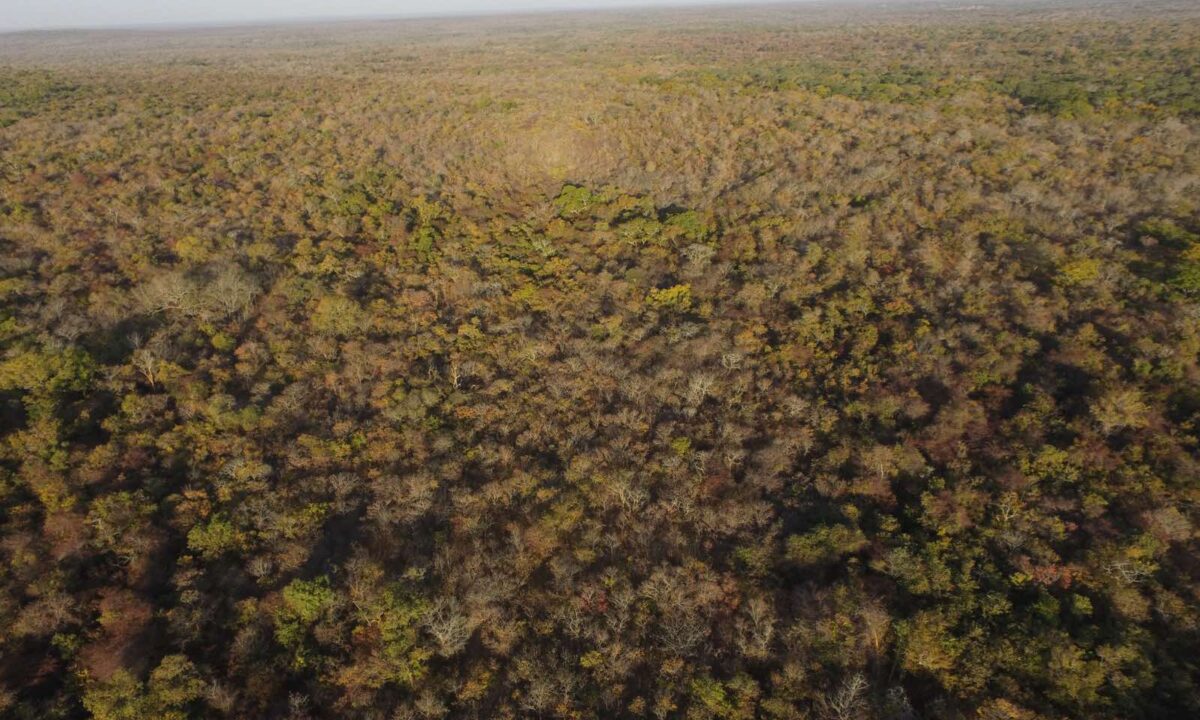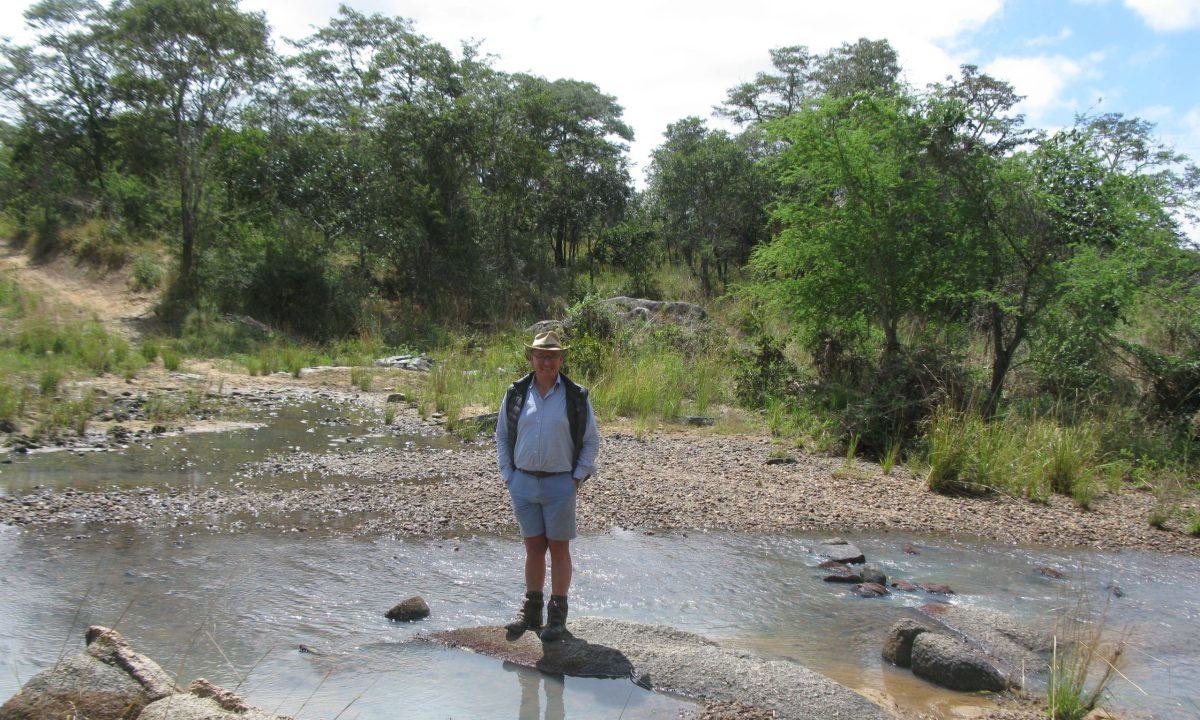Gamamwe Ranches
Gamamwe Ranch incorporates a number of farms within a single boundary fence with its headquarters in Demo Farm. The Ranch is dependent upon sales of sustainably reared produce from ethically managed farms some with interesting provenances. They are located within Southern Province, which hosts the Zambezi River with its world famous Victoria Falls as well as the Kafue River, which flows through Iteshi Teshi Dam, the famous Kafue National Park and its unique wetlands.
The Ranch where the wildlife browse alongside the cattle is privately owned. Natural Miambo woodland interspersed with Mopane and grassland provides an abundance of grazing and foraging options to support the wide variety of animals that naturally occur in this area. The wildlife herd has been built up successfully over the years, by re- introducing species such as Eland, Warthog, Giraffe, Puku and the Kafue Lechwe that had previously been wiped out by poaching, commercial farmers or disease. Many other species survived these challenges over the last century including Leopard, Jackal, Caracal, Civet and Cerval cats as well as Monkeys and Baboon.
Birdlife is the litmus test of the health of the environment so Gamamwe is pleased to be host to a number of environmentally sensitive birds such as the Ground Hornbill, Zambian barbet, White-Backed, White-Headed, Hooded and Lappet-Faced Vulture, as well as many resident raptors from the magnificent Martial Eagle to a multitude of small hawks and buzzards. Besides numerous local resident species, many migrating birds such as the Steppe Buzzard and Caspian Plover visit annually.
The commercial backbone of the Ranch is the production of beef which is managed in an ethical and sustainable manner. The Boran is the breed of choice which can withstand harsh conditions, and whose browsing habits complement the natural environment to produce a flavourful, healthy alternative to feedlot animals.



